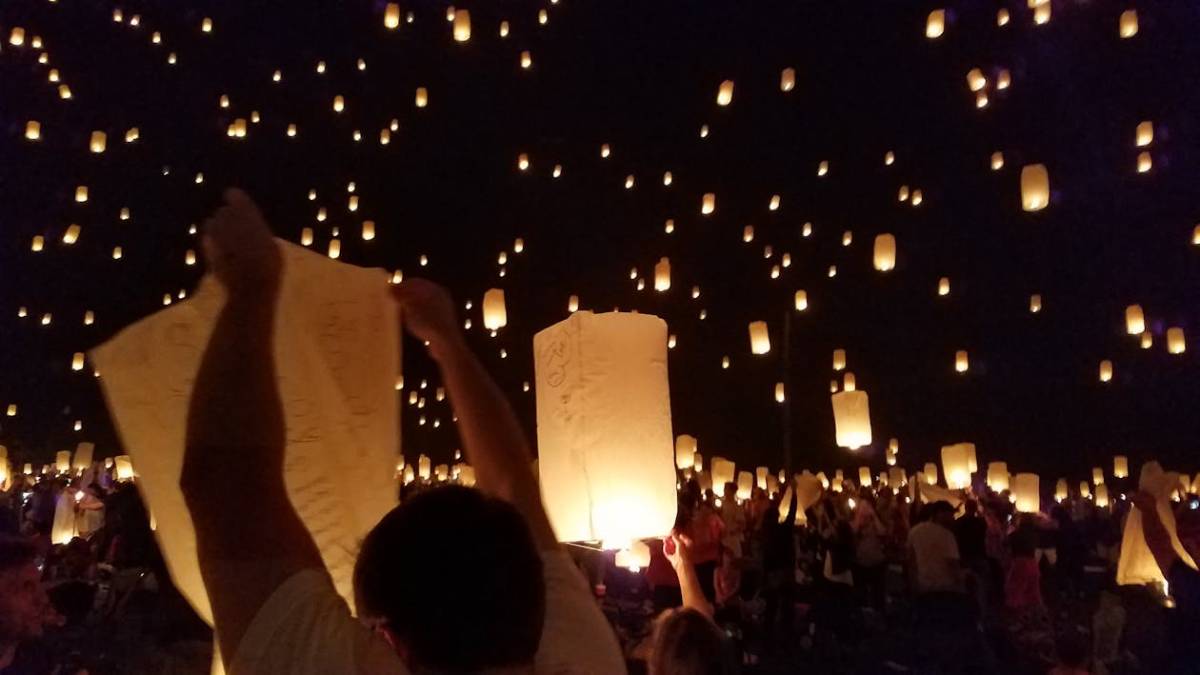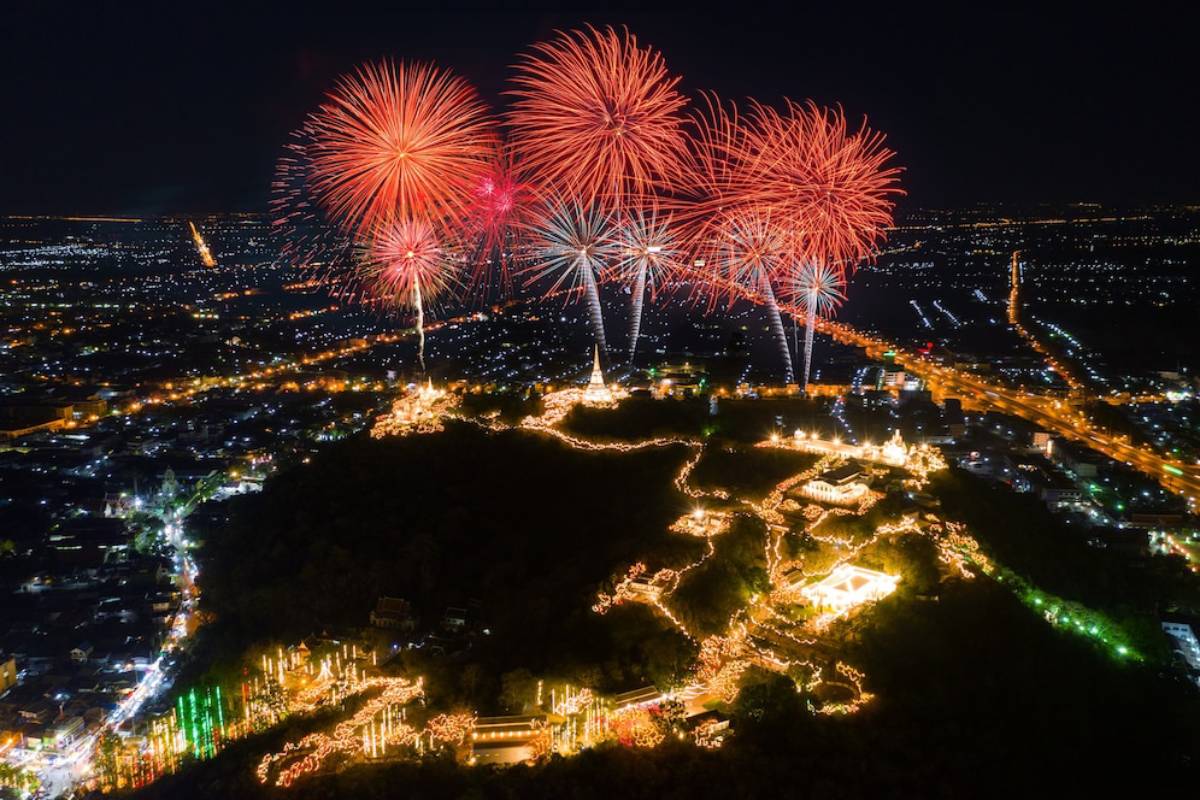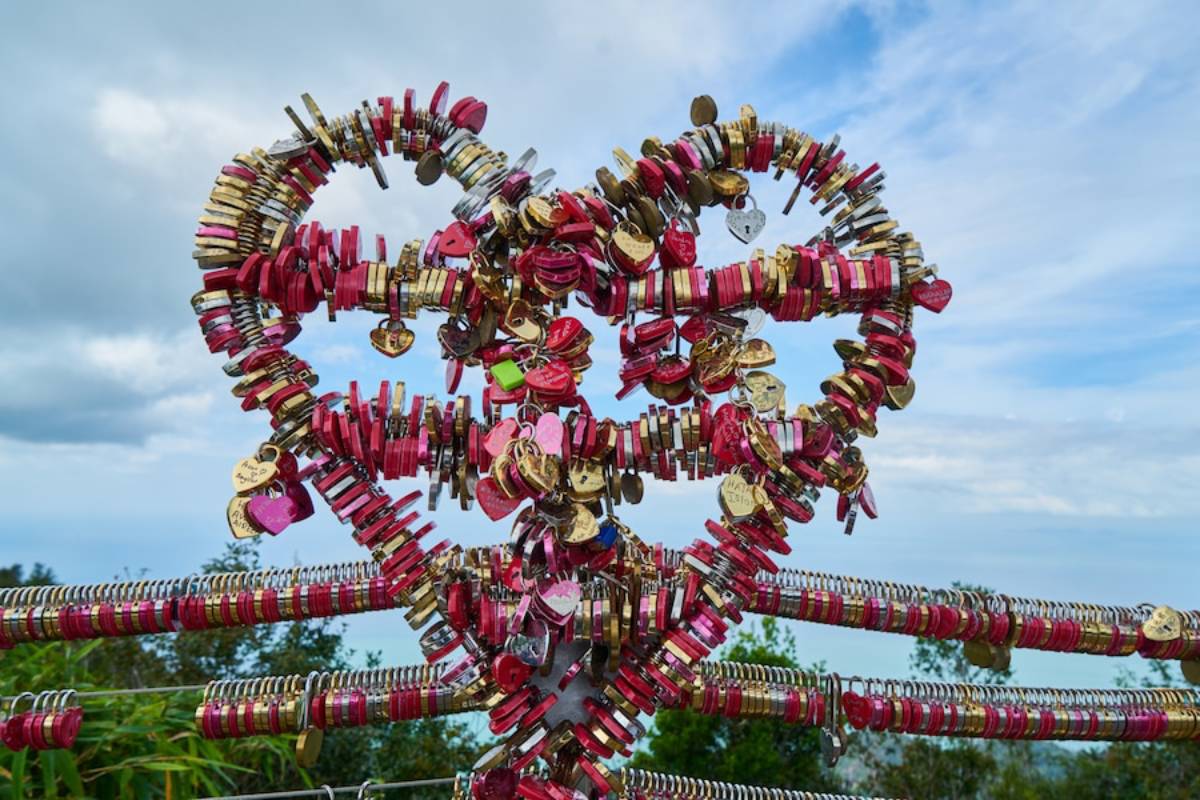
The World’s Most Spectacular Festivals You Must Experience
Travelling isn’t just about exploring new places—it’s also about experiencing different cultures, traditions, and celebrations. Around the world, people come together to celebrate life through vibrant festivals that reflect their history and values. If you’re someone who loves immersing yourself in different cultures, these must-visit events should be on your bucket list.
From colourful parades to lively street parties, here’s a list of the world’s most spectacular festivals that promise unforgettable memories.
1. Carnival – Rio de Janeiro, Brazil
When: February or March (before Lent)
Why You Should Go: For the energy, samba, and dazzling costumes.
Carnival in Rio de Janeiro is a larger-than-life celebration that attracts millions of visitors every year. Known for its stunning samba parades, elaborate costumes, and energetic street parties, this festival is a true explosion of culture and colour.
The heart of Carnival is the Sambadrome, where samba schools compete with jaw-dropping performances. But beyond the parade, the streets of Rio come alive with spontaneous music, dancing, and festivities. Whether you choose to be part of a lively “bloco” (street party) or just soak in the atmosphere, Carnival is an experience like no other.
2. Diwali – India

When: October or November (dates vary based on the Hindu calendar)
Why You Should Go: For the lights, traditions, and spiritual significance.
Known as the “Festival of Lights,” Diwali is celebrated with immense joy and enthusiasm across India. Homes are decorated with clay lamps (diyas), candles, and fairy lights, creating a magical glow that illuminates cities and villages alike.
The festival marks the triumph of light over darkness and good over evil. Families come together to perform rituals, exchange gifts, and enjoy delicious sweets. Fireworks light up the night sky, adding to the festive spirit. Experiencing Diwali in India is not just about witnessing a festival—it’s about feeling the warmth and positivity that comes with it.
3. Oktoberfest – Munich, Germany
When: Late September to early October
Why You Should Go: For the beer, Bavarian culture, and lively atmosphere.
If you love beer and good company, Oktoberfest in Munich is the place to be. The world’s largest beer festival draws millions of people from around the globe to enjoy traditional Bavarian brews, food, and music.
Large tents serve different kinds of beer, each accompanied by live music and enthusiastic crowds dressed in traditional attire—lederhosen for men and dirndls for women. Beyond the beer, there are carnival rides, parades, and cultural performances that make Oktoberfest a complete celebration of Bavarian heritage.
4. Holi – India and Nepal
When: March (dates vary based on the Hindu calendar)
Why You Should Go: For the colours, fun, and vibrant energy.
Holi, also known as the “Festival of Colors,” is one of the most joyful and playful festivals celebrated in India and Nepal. People gather to throw coloured powders at each other, dance to lively music, and enjoy festive treats.
The festival signifies the arrival of spring and the victory of good over evil. Streets transform into a sea of colours as laughter and happiness fill the air. Being a part of Holi allows you to let loose, embrace the chaos, and truly celebrate life.
5. La Tomatina – Buñol, Spain
When: Last Wednesday of August
Why You Should Go: For the fun, mess, and unforgettable experience.
If you’re ready for some messy fun, head to Buñol, Spain, for La Tomatina, the world’s largest tomato fight. Thousands of participants gather in the small town to throw ripe tomatoes at each other in a friendly and playful battle.
The festival lasts for just an hour but leaves the streets (and participants) drenched in tomato pulp. It’s a unique experience that draws adventure-seekers from all corners of the world. Pro tip: Wear old clothes and goggles because things can get really messy!
6. Chinese New Year – China
When: January or February (based on the lunar calendar)
Why You Should Go: The fireworks, parades, and cultural richness.
Chinese New Year, also known as the Spring Festival, is one of the most significant celebrations in Chinese culture. It’s a time when families reunite, honour their ancestors, and welcome the new year with hope and positivity.
The festivities include colourful parades, dragon and lion dances, and dazzling fireworks displays. Red decorations, symbolising good luck, adorn homes and streets. The atmosphere is filled with joy, and the celebrations continue for 15 days, culminating in the Lantern Festival.
7. Mardi Gras – New Orleans, USA
When: February or March (before Lent)
Why You Should Go: For the parades, music, and festive spirit.
Mardi Gras in New Orleans is a vibrant celebration that combines music, costumes, and lively parades. The city bursts with life as people take to the streets to enjoy the colourful floats, marching bands, and lively crowd.
Beads, masks, and revelry are all part of the experience, with Bourbon Street in the French Quarter being the heart of the festivities. Whether you’re dancing in the streets or watching the grand parade, Mardi Gras guarantees a party you’ll never forget.
8. Songkran – Thailand
When: April 13-15
Why You Should Go: For the water fights, traditions, and refreshing fun.
Songkran, the Thai New Year, is celebrated with epic water fights that turn cities into splash zones. Locals and tourists alike take to the streets armed with water guns, buckets, and hoses, ready to drench anyone in sight.
The festival symbolises the washing away of bad luck and welcoming the new year with a fresh start. While the water fights are fun, traditional ceremonies such as visiting temples and paying respect to elders are also an important part of the celebrations.
9. Venice Carnival – Venice, Italy
When: February (before Lent)
Why You Should Go: For the masks, elegance, and unique charm.
Venice Carnival is a celebration of mystery and elegance. Famous for its intricate masks and elaborate costumes, the festival takes over the romantic city of Venice with a magical atmosphere.
Streets and canals come alive with performances, masquerade balls, and vibrant energy. Walking through Venice during Carnival feels like stepping back in time to an era of grandeur and sophistication.
10. Day of the Dead – Mexico
When: November 1-2
Why You Should Go: For the cultural richness, colourful altars and explorations of life.
Día de los Muertos (Day of the Dead) is a Mexican holiday that celebrates deceased loved ones with colourful altars, sugar skulls, and marigold flowers. Families join to honor the lives of those lost, which are said to return during this time.
The festival serves as a joyous blend of remembrance and celebration, with festive parades, traditional music, and colourful decorations. Experiencing the Day of the Dead in Mexico is a moving and unforgettable way to witness the beauty of honouring one’s ancestors.
Final Thoughts: Embrace the Spirit of Celebration

Different cultural celebrations offer a chance to get connected with people, customs as well as the festivity of the world. Dancing at Carnival, throwing colours during Holi, and experiencing the magic of the Chinese New Year are just a few examples of how every festival provides a glimpse into another way of life and culture.
So grab your bags, set those calendars and let’s do this with the must-visit events that promise memories for a lifetime.


